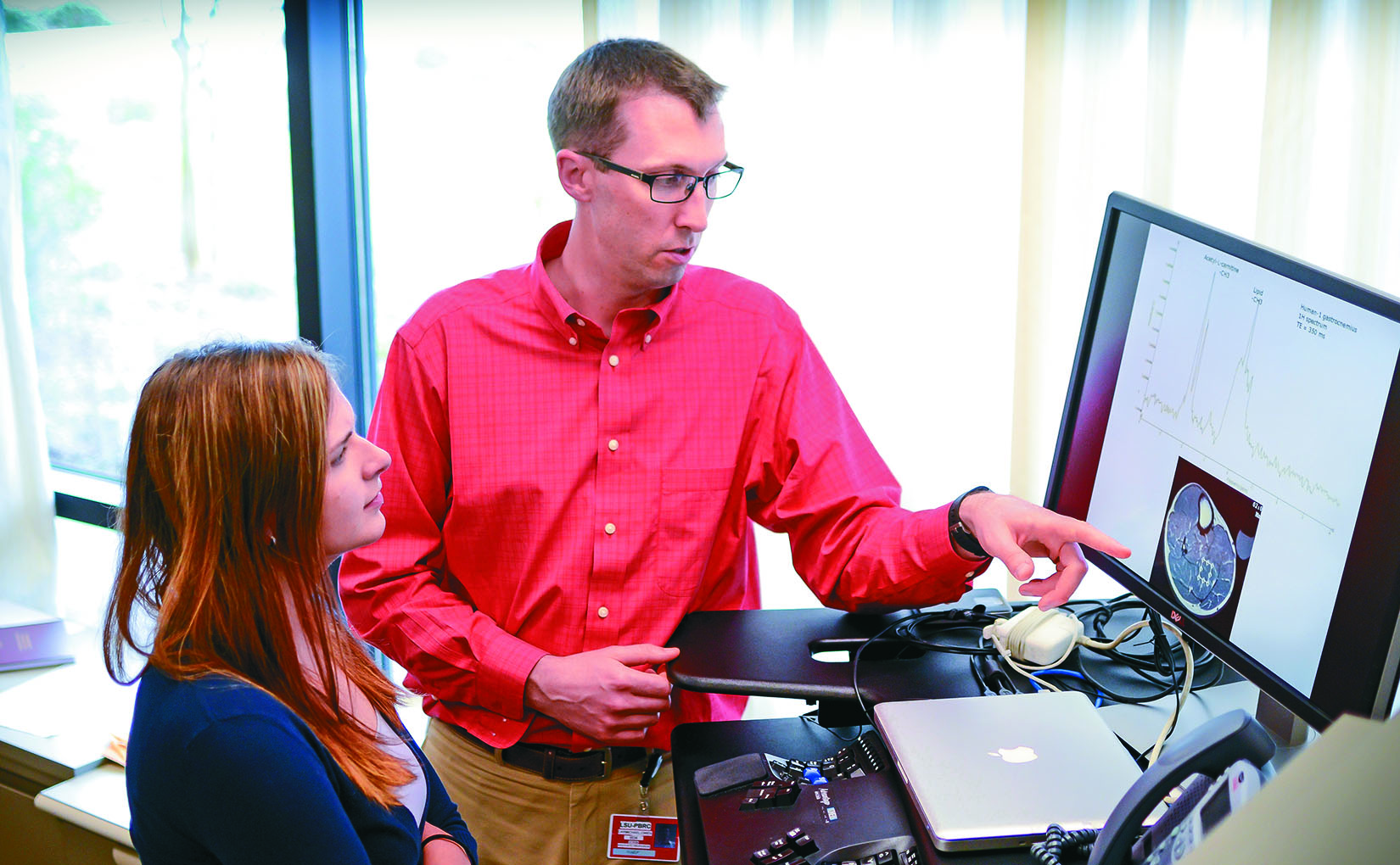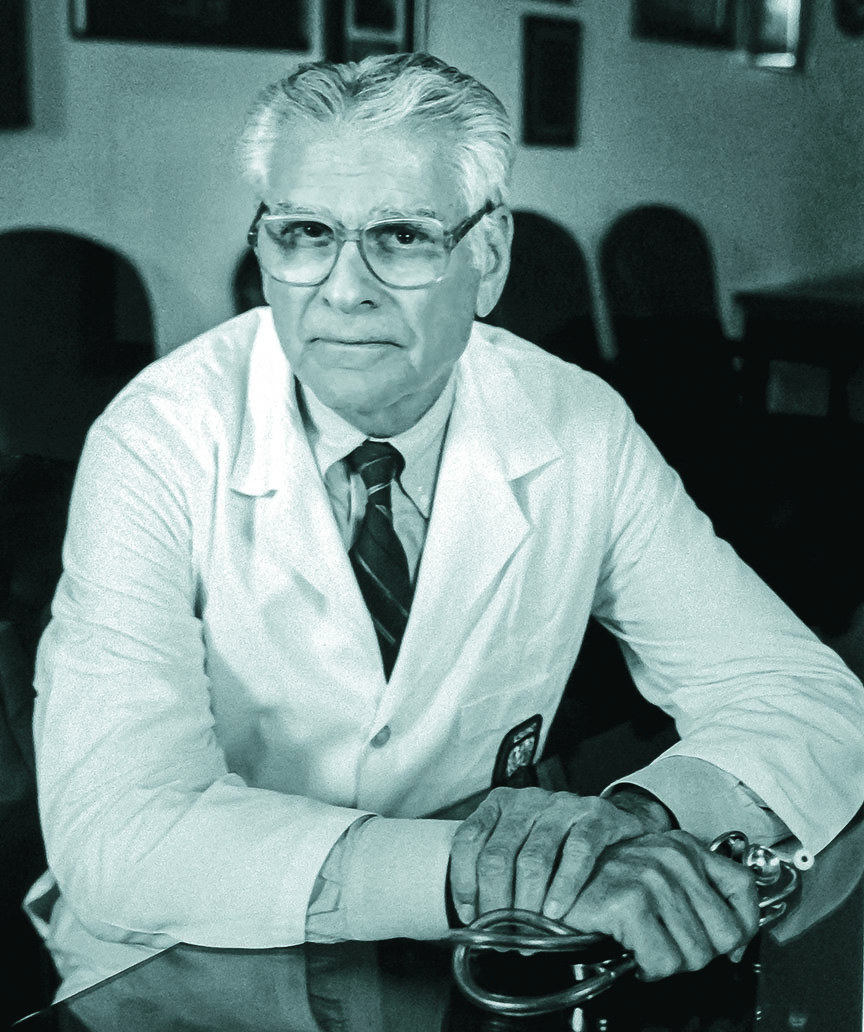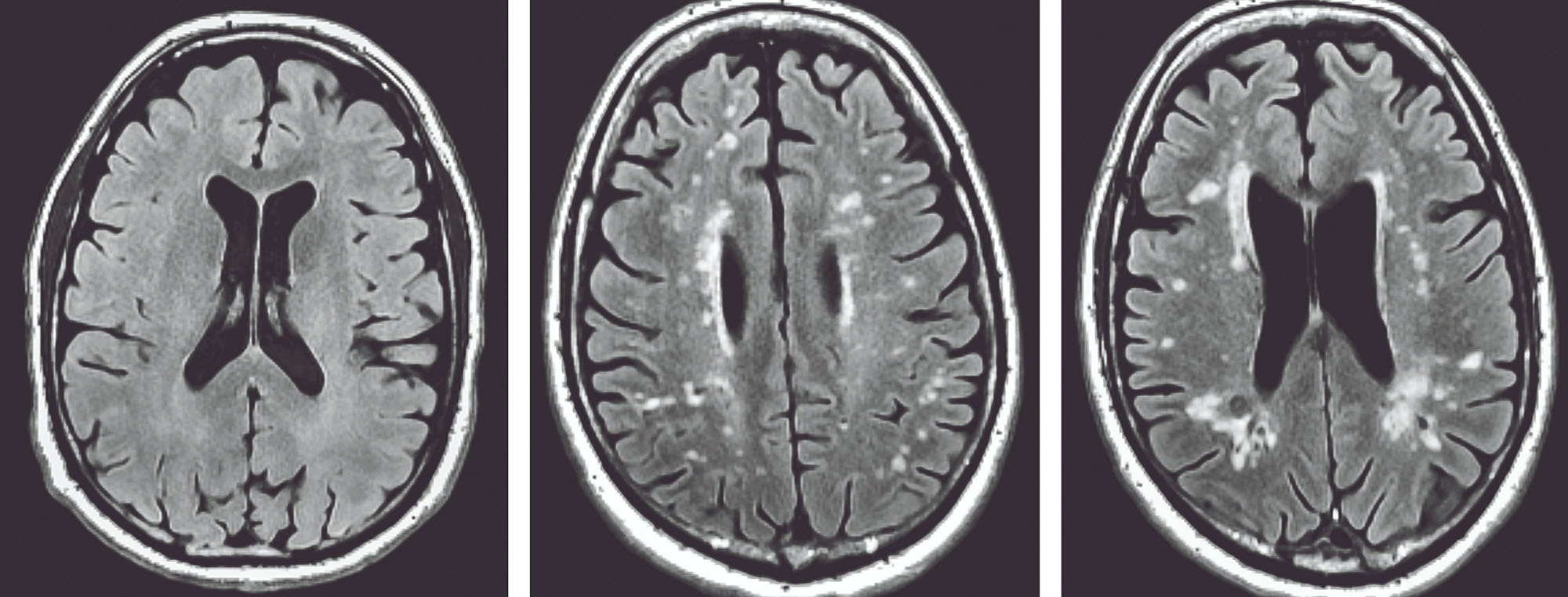The Story of the Bogalusa Heart Study
In a small, rural town in the southeastern corner of Louisiana, an unprecedented research
study was born.
The landmark Bogalusa Heart Study, named for the town in which it originated, was
one of the first long-term studies to track the health outcomes of people from childhood
all the way through adulthood. Now, nearly 50 years after it began, the rich dataset
reveals that health experiences early in life might impact health outcomes across
the lifespan.
“It’s possible that what happens to us in childhood ripples forward to middle age
in ways we don’t usually think about,” said Owen Carmichael, director of the Biomedical
Imaging Center at LSU’s Pennington Biomedical Research Center. He is one of the scientists
using the lifetime of data produced by the Bogalusa Heart Study to examine health
impacts later in life.
Carmichael is focusing on how our health in childhood can influence our health in
middle age, especially when it comes to our brains. For Carmichael, his interest in
the influence of early health experiences on cognitive function is personal.
“My grandfather died of Alzheimer’s disease when I was a kid. He had the classic case
of Alzheimer’s disease, which meant a slow and steady deterioration over the course
of a decade,” Carmichael said. “I got to observe that, in a painstaking way, and see
what kind of an effect that has on family and friends. That’s what really pushed me
into Alzheimer’s disease research in general.”
Motivated by this personal experience with Alzheimer’s disease, Carmichael connected
with Dr. Lydia Bazzano, a researcher at Tulane University who has been involved with
the current iteration of the historic Bogalusa Heart Study since 2010 as the study’s
principal investigator. By connecting with this study, Carmichael is about to advance
the rich history of patient data collected over the lifespans of the study’s participants.
With the study participants now middle-aged, when any cognitive impairment may be
starting to appear, they could hold the key that unlocks the connection between childhood
and adult health using an unusual connection: blood glucose levels.
“Research suggests people who have diabetes in middle age have a higher risk of Alzheimer’s
and other signs of poor brain health late in life,” Carmichael said. “The question
we haven’t been able to answer until we started looking at data in the Bogalusa Heart
Study was how far back in your life does high blood sugar start to have an effect
on brain health.”
Under the visionary leadership of the late Dr. Gerald Berenson, a pediatric cardiologist
and LSU Boyd Professor, the Bogalusa Heart Study broke new ground in research by recruiting
children in the 1970s for this lifespan study. The children underwent full health
screenings, such as blood pressure and cholesterol tests, which was unheard of at
the time and usually reserved for adults.
“That was really the key step: this researcher being stubborn and sticking to the
idea that heart disease and diabetes start, possibly, at a very young age,” Carmichael
said. “Dr. Berenson stuck to his guns in the early ’70s by getting these different
measurements, which really had been reserved for adults at that time because it was
never thought children could show signs of heart disease, diabetes, and so on at such
a young age.”
Berenson’s work yields insight into how the warning signs of health issues later in
life might actually be evident from the earliest years of childhood. The Bogalusa
Heart Study followed and collected the blood pressure and cholesterol levels of the
participants at least every two years from childhood through adulthood. Now, most
of the participants are in middle age.
Following in Berenson’s groundbreaking footsteps, Carmichael and his collaborators
at Tulane University, Mary Bird Perkins Cancer Center, and Pennington Biomedical looked
at a subset of now middle-aged Bogalusa Heart Study participants who had elevated
but still normal blood glucose levels as children and found that many of them have
now developed brain lesions called white matter hyperintensities. These lesions are
associated with cognitive decline and other poor health outcomes in much older adults.
“We see these white matter lesions in brain scans of people who are in their 70s,
80s, and 90s, and these are associated with poor outcomes such as Alzheimer’s disease,
stroke, and also early mortality,” Carmichael said. “But the conventional wisdom was always
that there should be very, very little, close to none, in patients in their 40s and
50s.”
To further investigate this connection, the researchers obtained funding from the
National Institutes of Health to expand their study. Using the data acquired through
the Bogalusa Heart Study and applying Positron Emission Tomography, or PET, and Magnetic
Resonance Imaging, or MRI, brain scans, the new study follows 200 participants from
the original study into more advanced age over the next several years.
|






